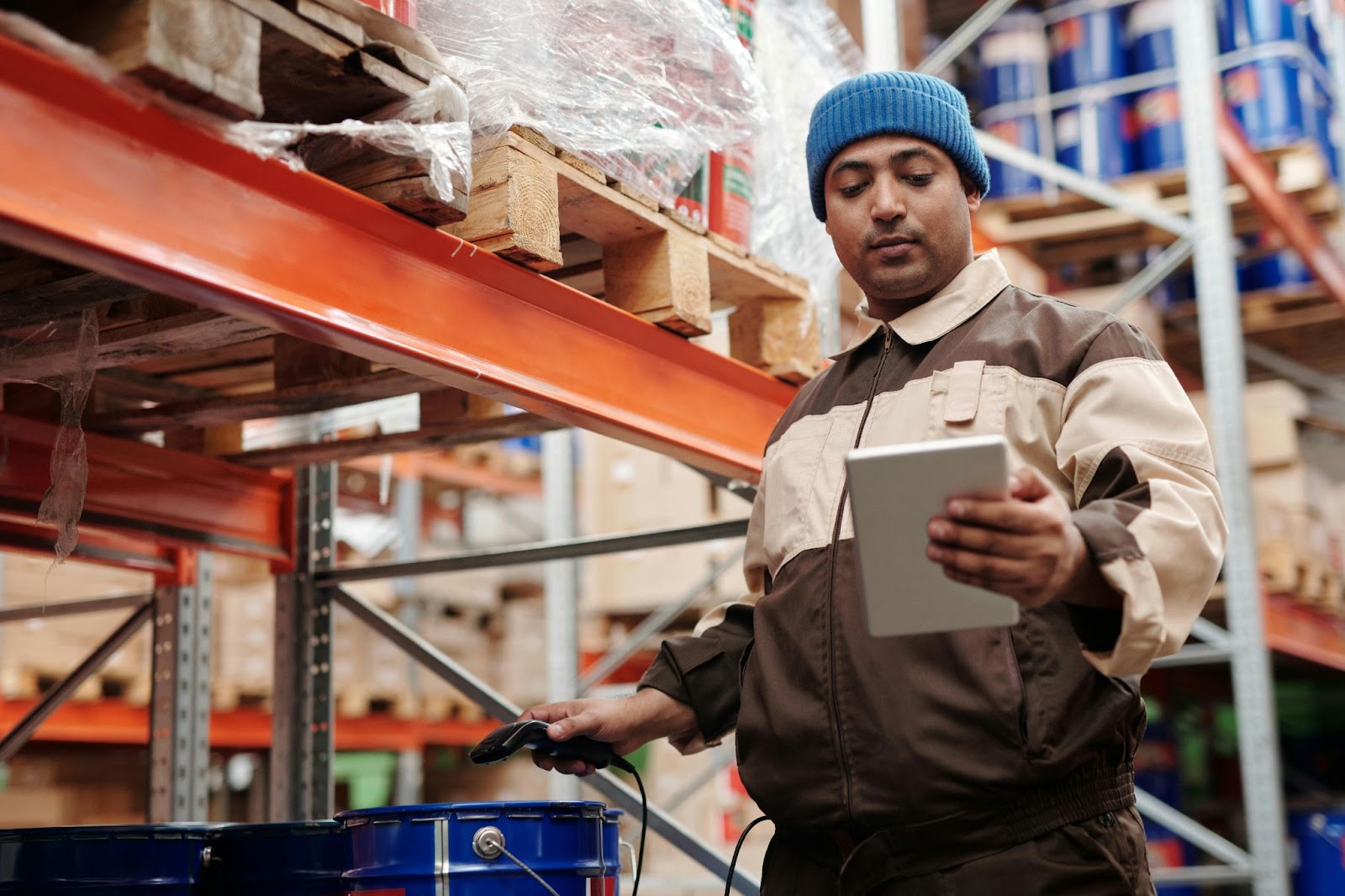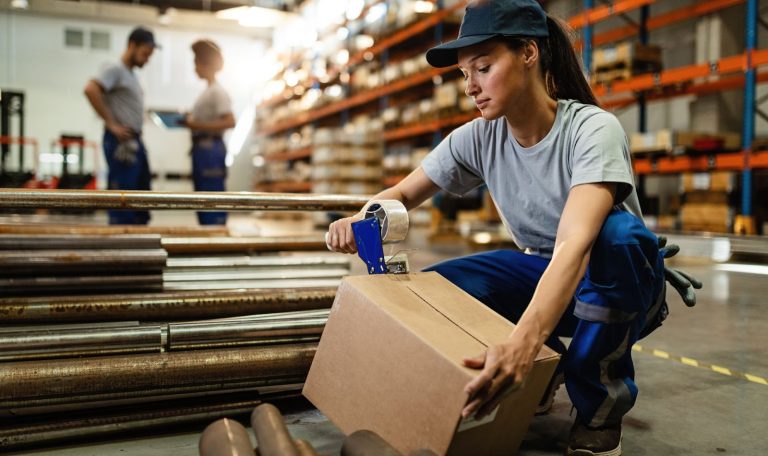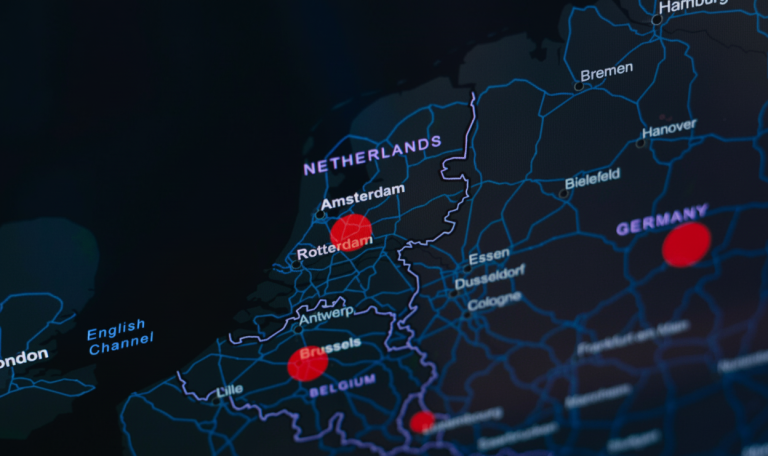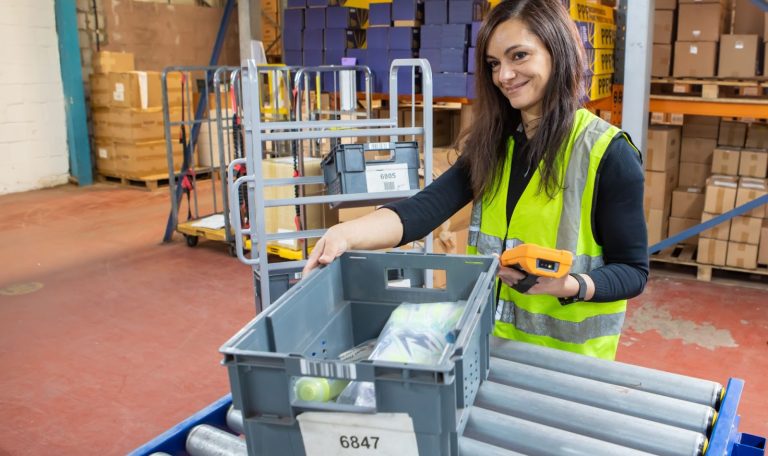Article Summary
- Reverse logistics includes everything from returns and repairs to recycling and resale
- It’s a growing pressure point for eCommerce brands as order volumes and return rates rise
- 3PL providers help manage reverse logistics efficiently, cutting costs and complexity
- They improve the customer experience with faster refunds and smoother return flows
- Returns data from 3PL systems gives brands better visibility and insight
- Smaller brands gain access to scalable logistics without the overhead
- Larger businesses benefit from centralised processes and regional reach
- Green Fulfilment processes returns sustainably with paperless systems and recyclable packaging
- Outsourcing reverse logistics frees up time, space, and headspace for growth
The Advantage of 3PL in Reverse Logistics
Returns are no longer just a customer service issue. They’re a logistics headache, a cost centre, and in many cases, a missed opportunity. If you’re shipping at any real scale, the backflow of goods can put pressure on already stretched teams.
That’s why more eCommerce brands are handing this part of the job over to third-party logistics (3PL) providers. The idea is simple: let someone else manage the complexity, so your business can stay focused on growth.
In this guide, we’ll look at the real advantages of working with a 3PL in reverse logistics, where it makes sense, where it doesn’t, and how it’s starting to shape supply chains across the UK and Europe.
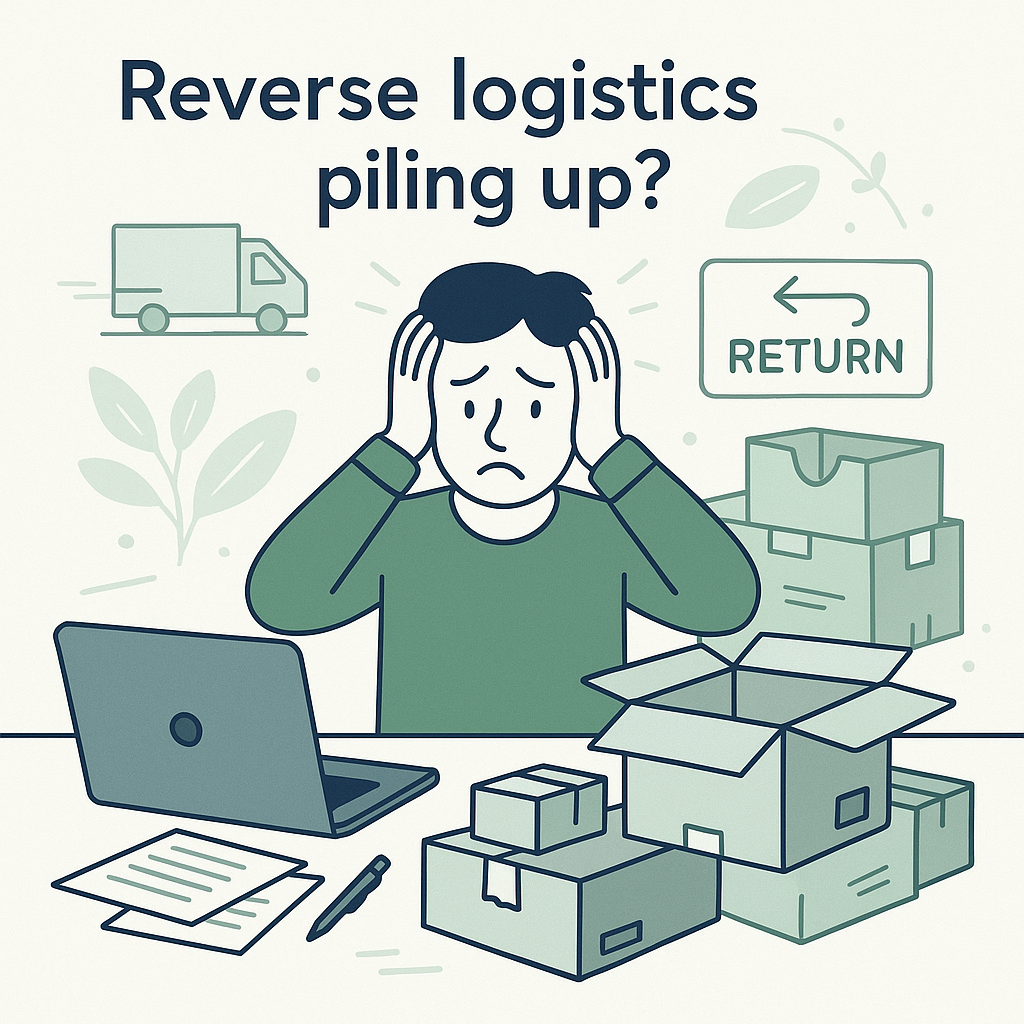
What Is Reverse Logistics in a 3PL Setup?
Reverse logistics, or order fulfilment returns, is just what it sounds like: everything that happens after the product leaves your warehouse and doesn’t stay with the customer. That includes returns, repairs, recycling, refurbishing and disposal.
It’s more than just slapping a return label on a box. The process needs coordination, space, labour, and systems. And as order volumes increase, so do return rates, which is why brands are turning to 3PLs to keep this side of operations under control.
What Are the Advantages of 3PL Logistics for Reverse Logistics?
1. It Cuts Costs Without Cutting Corners
According to industry data, outsourced logistics made up around 42% of total logistics costs in 2010 and 2011. That’s not a sign of bloated budgets, it’s a sign of how central third-party providers have become.
3PLs are built for scale. They process high volumes of returns daily, which means they’ve already invested in the infrastructure, tech and staff to keep things moving. That gives you access to their network without having to build your own.
For eCommerce brands dealing with returns across the EU, this is even more valuable. As Green Fulfilment prepares to open up a warehouse in the Netherlands, this will help reduce return times and costs for brands serving customers across Europe.
2. It Makes the Return Process Smoother for Customers
Nobody likes returning something. But if the process is slow, confusing or inconsistent, you risk losing that customer for good.
3PLs help avoid that. Most offer standardised return flows, fast refund triggers, and clear communication. For customers, that means less waiting. For you, it means fewer complaints and more repeat business.
Businesses selling directly to consumers, especially in categories like fashion and beauty, where return rates are high, this part matters just as much as the outbound delivery.
3. You Get More Control Through Better Visibility
It might seem counterintuitive, but outsourcing reverse logistics can actually give you more control. That’s because 3PLs usually offer software that tracks every part of the return journey.
You can see why products are coming back, how often, and from where. This data can help you cut down on serial returners, fix common product issues, or identify where the customer experience is falling short.
It turns a sunk cost into a feedback loop that supports smarter decisions.
4. It Supports Circular Supply Chains
One of the biggest challenges with reverse logistics is what happens to products once they come back.
3PLs can help in this instance, too. Many providers have systems in place to inspect, clean, repackage or recycle items depending on their condition. This limits waste and increases the chances of a second sale.
According to logistics experts, 3PLs play a key role in making reverse logistics more sustainable by reducing landfill, managing product recovery, and streamlining disposal. For businesses with sustainability targets, this is no longer optional, it’s part of how your supply chain has to run.
At Green Fulfilment, returns are processed in line with sustainable fulfilment services, paperless practices, energy-efficient warehousing, and fully recyclable packaging, all part of a wider shift towards lower-impact logistics.
5. You Free Up Time and Headspace for Growth
Managing returns in-house eats into hours that could be spent doing something else. Whether it’s developing your next product, scaling your marketing, or improving customer service, time is money.
By letting a 3PL handle reverse logistics, you remove distractions and keep your internal team focused on what they’re good at. It’s not about doing less. It’s about shifting operational weight to a partner built to carry it.
For smaller brands, it means accessing logistics capabilities without hiring a warehouse team. For bigger operations, it means staying lean while expanding.
What Advantages Could a 3PL Provider Give to a Small Firm or a Large Firm?
For Smaller Firms: Access Without the Overhead
If you’re a smaller business, a 3PL gives you access to infrastructure, people and systems without the upfront investment. You don’t need your own warehouse, fulfilment team or returns platform. It’s a quick way to scale without overextending. During busy seasons or product launches, a 3PL can flex with your volume so you’re not caught short.
For Larger Firms: Flexibility and Visibility
Bigger businesses often have logistics in place, but not always at the scale or efficiency they need. A 3PL helps centralise return flows across multiple sales channels, reduce duplication, and give operations teams a clearer view of what’s coming back and why. It’s a way to grow into new markets or add capacity without rebuilding your entire setup.
How Can Outsourcing to a 3PL Reduce Supply Chain Costs?
Reverse logistics might seem like a small piece of the puzzle, but it can quietly drain a lot of your resources, especially if you’re managing it manually or across scattered systems. A 3PL helps cut these hidden costs in a few key ways:
- Lower Labour and Admin Costs
Processing returns takes time. From inspection and restocking to refunds and customer emails, it’s a labour-heavy process. A 3PL has dedicated teams and workflows to handle all of it efficiently, reducing internal admin and bottlenecks. - Less Pressure on Storage Space
Returned goods can take up a lot of room, especially if they’re unsellable. A 3PL can triage items quickly, getting stock back into circulation or off your books faster. That frees up space for active inventory and cuts storage fees. - Cheaper Shipping and Transport
3PLs consolidate shipments across many clients. That means better carrier rates and more efficient routing, even for returns. Regional hubs and grouped pickups help lower the cost per item. - Better Value Recovery
When returns sit for too long, sellable stock loses value—or ends up written off. A 3PL can move returned products back into your inventory faster, improving resale chances and keeping more value in your supply chain.
All of this adds up. If you’re dealing with regular return volume, these savings can make a noticeable difference to your bottom line.
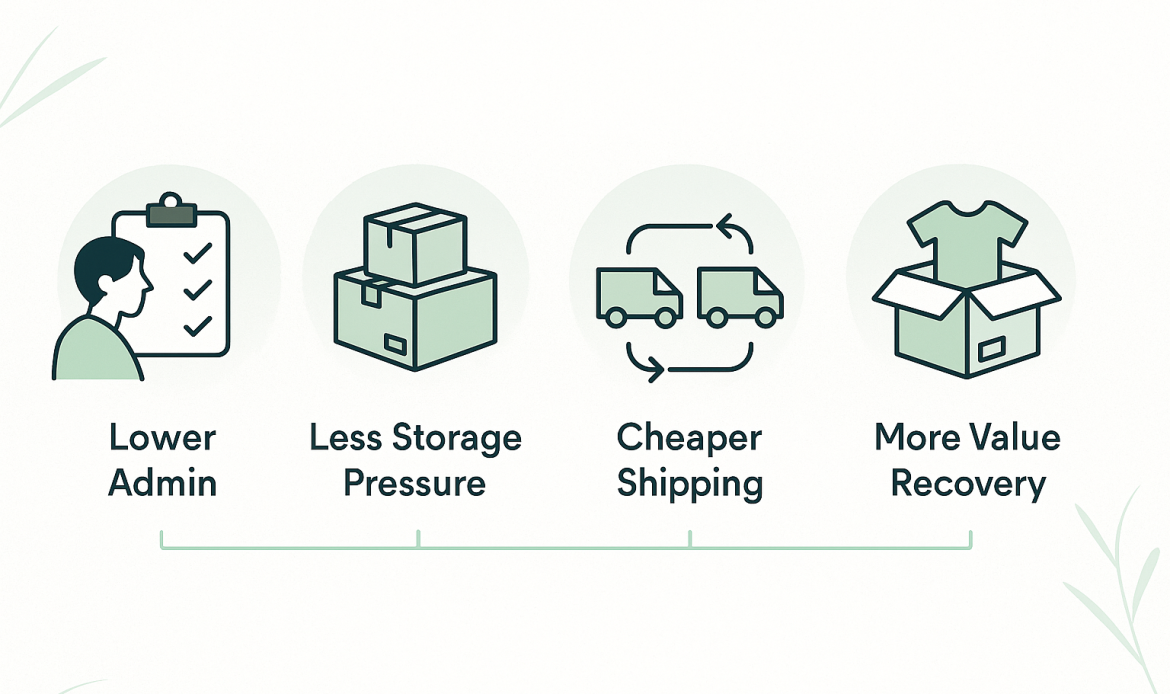
Considerations Before Choosing a 3PL for Reverse Logistics
3PLs bring a lot to the table, but there are some things worth thinking about before you hand over the reins:
- You’ll be handing over part of the customer experience. Make sure your provider has the right systems and approach to protect your reputation.
- If your platforms don’t integrate well with theirs, you might need dev time or support to bridge the gap.
- For low return volumes, the costs might not justify the switch just yet. But that changes quickly as you grow.
A good 3PL will walk you through the options and help you decide if the timing’s right.
How Green Fulfilment Supports Reverse Logistics
Green Fulfilment works with eCommerce brands that want to stay in control of returns without managing everything themselves.
Their approach focuses on:
- Human-led support (low staff turnover, consistent points of contact)
- Recyclable packaging and paperless processes
- UK-based support with expanding EU coverage, including a new Netherlands hub launching soon
This isn’t about outsourcing to a faceless warehouse. It’s about building a long-term logistics partnership with shared priorities: growth, efficiency, and impact.
Conclusion
Reverse logistics is a growing part of every eCommerce business. Done right, it improves margins, boosts loyalty, and keeps waste out of the system.
Outsourcing to a 3PL won’t be the answer for everyone, but for brands looking to scale, simplify and prepare for cross-border returns, it’s one strategy worth considering.
FAQs about the advantages of 3PL in reverse logistics
What is the competitive advantage of 3PL?
3PLs offer efficiency, scale, tech integration and the ability to shift fixed logistics costs into variable ones.
What advantages could a 3PL provider give to a small firm or a large firm?
Smaller firms benefit from shared infrastructure and less admin. Larger businesses get flexibility, regional reach, and support during peak periods.
What are the benefits of reverse logistics?
It improves customer retention, reduces waste, and recovers lost revenue from returned or unwanted goods.
What are the 5 R’s of reverse logistics?
Return, Reuse, Recycle, Repair, Resell.
How can outsourcing to a 3PL reduce supply chain costs?
By consolidating operations, using shared staff and storage, and offering volume-based pricing.
What are two important goals of the reverse logistics process?
Reduce environmental impact and capture more value from returned items.
What are the two main types of reverse logistics?
Returns processing and product recovery (e.g. refurbishment or resale).
